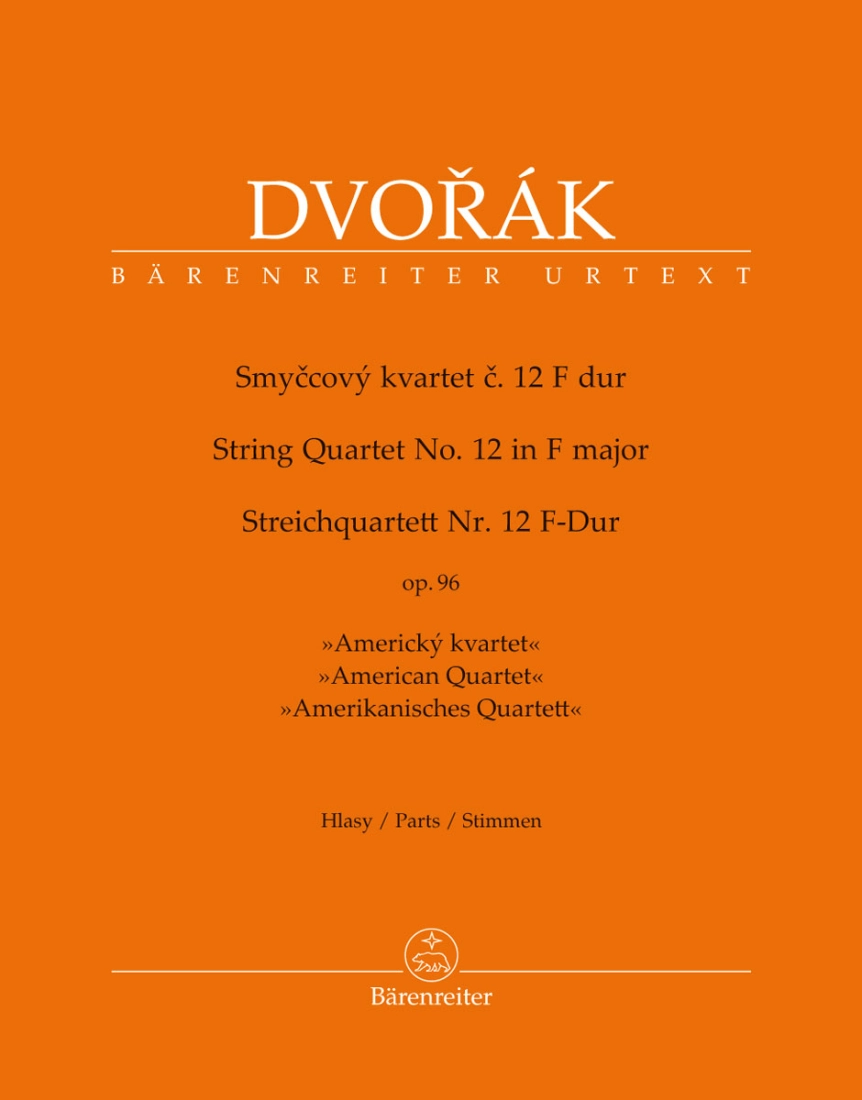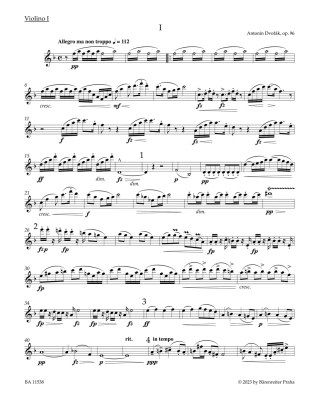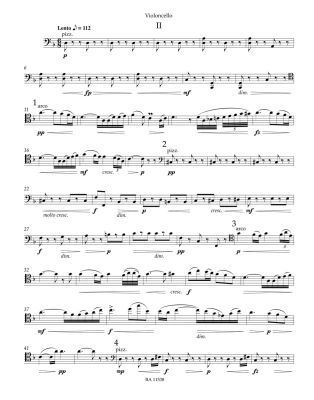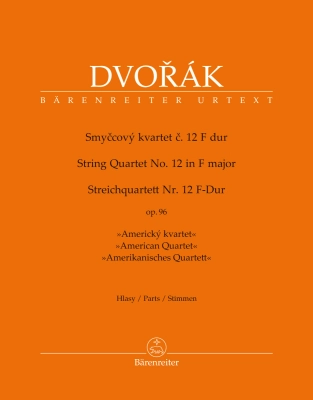Opens in a new window
Baerenreiter Verlag String Quartet no. 12 in F major op. 96 ''American Quartet'' - Dvorak - String Quartet

Additional Photos:


- Composer/Author: DVORAK, ANTONIN
- Instrumentation: STRING QUARTET
- Model # BA11538
Format: Parts Set, Urtext Edition
Instrumentation: String Quartet
- New Urtext Edition of the "American" Quartet
- Standard notation used in the violoncello part
- Detailed Foreword (Ger/Cz/Eng) and Critical Commentary (Eng) by the editor
Dvorak composed his twelfth string quartet in F major op. 96, known as the "American" Quartet, in just twelve days during his summer vacation in Spillville, Iowa in June 1893. This immensely uplifting quartet has become one of the composer's most popular works because of its immediate musical appeal.
The work was issued by the publisher Simrock in Berlin in 1894; Johannes Brahms had read the corrections, but the engraver copy ("Stichvorlage") has unfortunately not survived. Dvorak himself was in America and not involved in the preparation of the first edition. The editor therefore draws on the autograph as well as the score and parts of the first print. The assessment of differing readings proved particularly challenging.
In accordance with current practice, the violoncello part of this edition refrains from using the false treble clef which raises the music an octave higher. Instead, the tenor clef is used.
Movements:
- I Allegro ma non troppo
- II Lento
- III Molto vivace
- IV Finale. Vivace ma non troppo
Q & A
There are currently no questions for this product.
Reviews
There are currently no reviews for this product. Be the first to write one!





